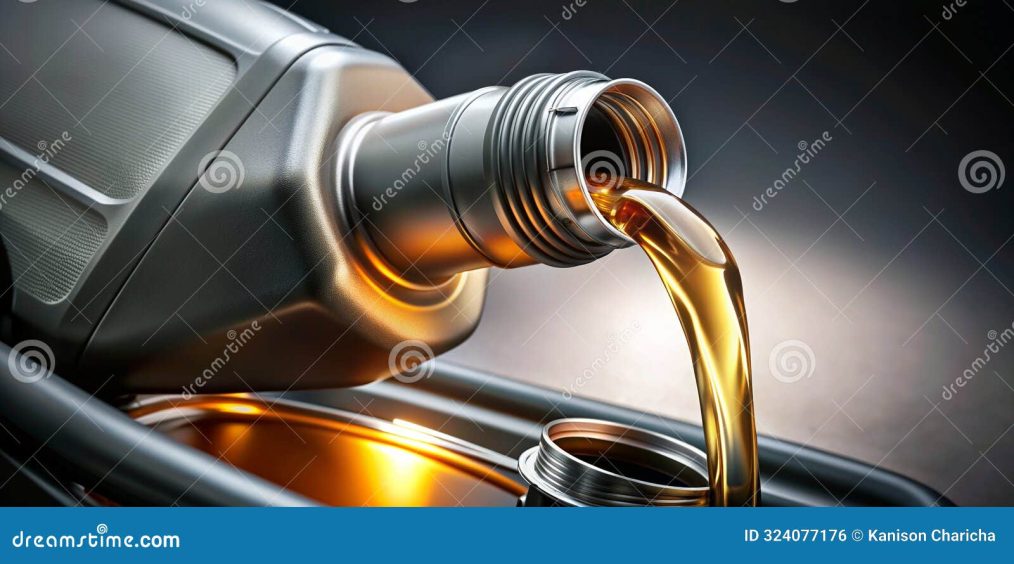
Why do today’s car engines last so much longer than in the past?
ED: This is from my inbox, not being at all mechanical I found it interesting.
Every other answer is talking about advanced materials and tolerances… And those have literally NOTHING to do with it.
Engine wear occurs when two moving surfaces touch. It doesn’t matter if those surfaces are soft lead, or diamond, wear will occur extremely fast.
What stops them touching is the film of oil, the oil film fails if it gets too hot and only then will wear start.
The oil film gets too hot when the oil is not pumped around the combustion areas fast enough, and that happens when the oil is cold.
The ONLY reason modern engines last so much longer are the oil used is almost unimaginably better.
Here’s a great example.
In 1951, the A series OHV engine was introduced in the Austin A30 and the Morris Minor. In normal use, this reliable, extremely tough 803cc motor would last around 10,000 to 20,000 miles before it needed a complete rebuild. An official Austin or Morris ‘Gold Seal’ short, (reconditioned crank, pistons, bores but no cylinder head) or complete (including head) engine was a service item and was an expected expense every two to 5 years.
The recommended oil was a straight 50 mineral oil.
In 2000, the last A series was fitted to a Mini. A better fuel injected head, but thinner crank bearings, same engine, same materials used, same techniques and a lot of the same tooling as the 1951 version.
One of these will go 250,000 miles plus on fully synthetic 0w-40. (In the Mini, the gearbox is INSIDE the engine’s oil pan, … What you are seeing there is the complete engine and gearbox!)
Throughout the 49 years of production, one can track the improvements in oil, simply by looking at the average longevity of this engine, fitted as it was to about 80% of cars made and sold in the UK through the 1950’s and ‘60’s. All the small British Leyland cars of the ‘70’s and ’80’s, and the Rover group Mini Metro and Mini until 2000.
At least 5 million were made in the UK and overseas.
Oil is EVERYTHING….
Ironically, although built with tighter tolerances (the amount of difference in a gap allowed during manufacture between two components), today’s engines are built with greater clearances than they used to be…Which is why modern engines need very little ‘running in’. In the olden days engines were tight when new, which was because the cylinder bores were a very snug fit to the pistons. Oil was needed to fail to allow friction to ‘bed’ the surfaces together. Modern oils tend not to fail so the engine must be built ‘looser’ so it will give its full efficiency from the factory.




